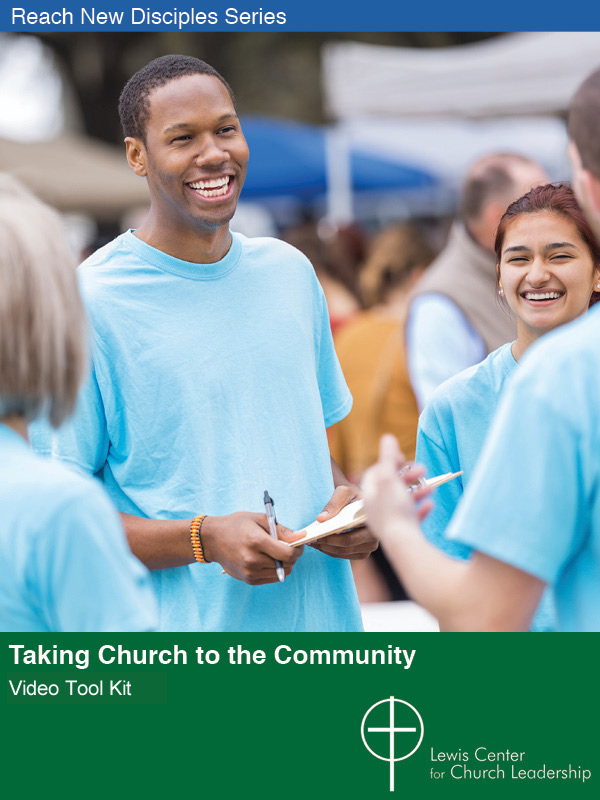Diversity-oriented churches, despite the challenges they face, are some of the fastest growing churches in the United States, says Brian Leander. He names seven characteristics that help explain how these churches are able to embrace greater racial, ethnic, cultural, and socio-economic diversity.
To celebrate the Lewis Center’s anniversary, we are highlighting Leading Articles — some of our most popular posts of the past 20 years. We are pleased to share again this article by Brian Leander, originally published on June 14, 2017.
Recent trends suggest that a significant number of churches are overcoming the limiting effects of racial conflict, prejudice, and ethnocentrism despite church traditions and systems that promote homogeneity as a practical alternative to the inevitable conflicts between different people groups. Diversity-oriented churches, despite the challenges they face, are some of the fastest growing churches in the United States.
What is a diversity-oriented church?
At the group level, the term diversity is used to refer to heterogeneity within a group on characteristics such as informational (professional background, education, skills), visible (race, age, ethnicity) or value-based (ethic, motivation) differences. Diversity-oriented churches are missional multicultural organizations which are intentional about deconstructing socially divisive constructs in the church, denominations, and their communities with the message of the Gospel.
Motivated by biblical mandates for reconciliation, justice, and evangelism, these churches express value for diversity in their vision, ministry practices, worship style, human resources practices, leadership practices, polity, and community engagement. In these organizations, members and leaders promote value and respect for perceived and actual differences between a wide variety of individuals.
One body in Christ
The Christian faith is predicated upon the belief that Jesus’ ministry of reconciliation accomplished two otherwise impossible objectives: first restoring the relationship between humankind and the Creator, and secondly restoring the harmonious relationship God intended for people in community. Ephesians 2:13-16 (NIV) states it this way: “… now in Christ Jesus you who once were far away have been brought near through the blood of Christ. For he himself is our peace, who has made the two one and has destroyed the barrier, the dividing wall of hostility, by abolishing in his flesh the law with its commandments and regulations. His purpose was to create in himself one new man out of the two, thus making peace, and in this one body to reconcile both of them to God through the cross, by which he put to death their hostility.”
If the mission of the Church is the formation of one body out of many people who were previously divided socially, then it is reasonable to expect that local churches would be suitable examples of reconciliation, conflict resolution, and intercultural mission effectiveness. More importantly, it is fair to expect that the alignment of the church’s attitudes, beliefs, and behaviors with Jesus’ vision, mission, values, and practices would bear fruit, which in this case would include spiritual, personal, organizational, and community reconciliation.
Seven key characteristics
The following are some key characteristics of diversity-oriented churches:
- Leadership that strategically creates vision and value congruence across the organization that empowers teams and individuals and fosters higher than normal levels of organizational commitment and productivity towards being multicultural.
- Top-management team that reflects the demographics of the church membership and the community.
- Organizational strategy that is clearly articulated and supported by decisive action when inequalities and conflict in the church and in the community need to be addressed.
- A leadership development plan that is predicated upon the recruitment, training, and professional development of future generations of leaders.
- A formal plan to focus leadership with respect to organizational change and diversity management.
- Policies and procedures for conflict resolution and reconciliation at all levels of the organization and in the community.
- The leader defines, legitimizes, and reproduces the organization’s vision, mission, values, and practices across generations.
These seven criteria are by no means exhaustive; however, they begin to address how some churches are choosing to depart from traditional homogeneous models of church development that do not account for racial, ethnic, cultural, and socio-economic diversity in local congregations and communities.
This article is adapted from Dr. Leander’s paper on “Intercultural Leadership in Diversity-Oriented Churches.” Used by permission.
Related Resources:
- Building Multicultural Relationships by Mark DeYmaz And Bob Whitesel
- Five Keys to Becoming a More Inclusive Community by Mark DeYmaz and Bob Whitesel
- Diversity Leadership in the Church by Jeffrey S. Rogers
If you would like to share this article in your newsletter or other publication, please review our reprint guidelines.







